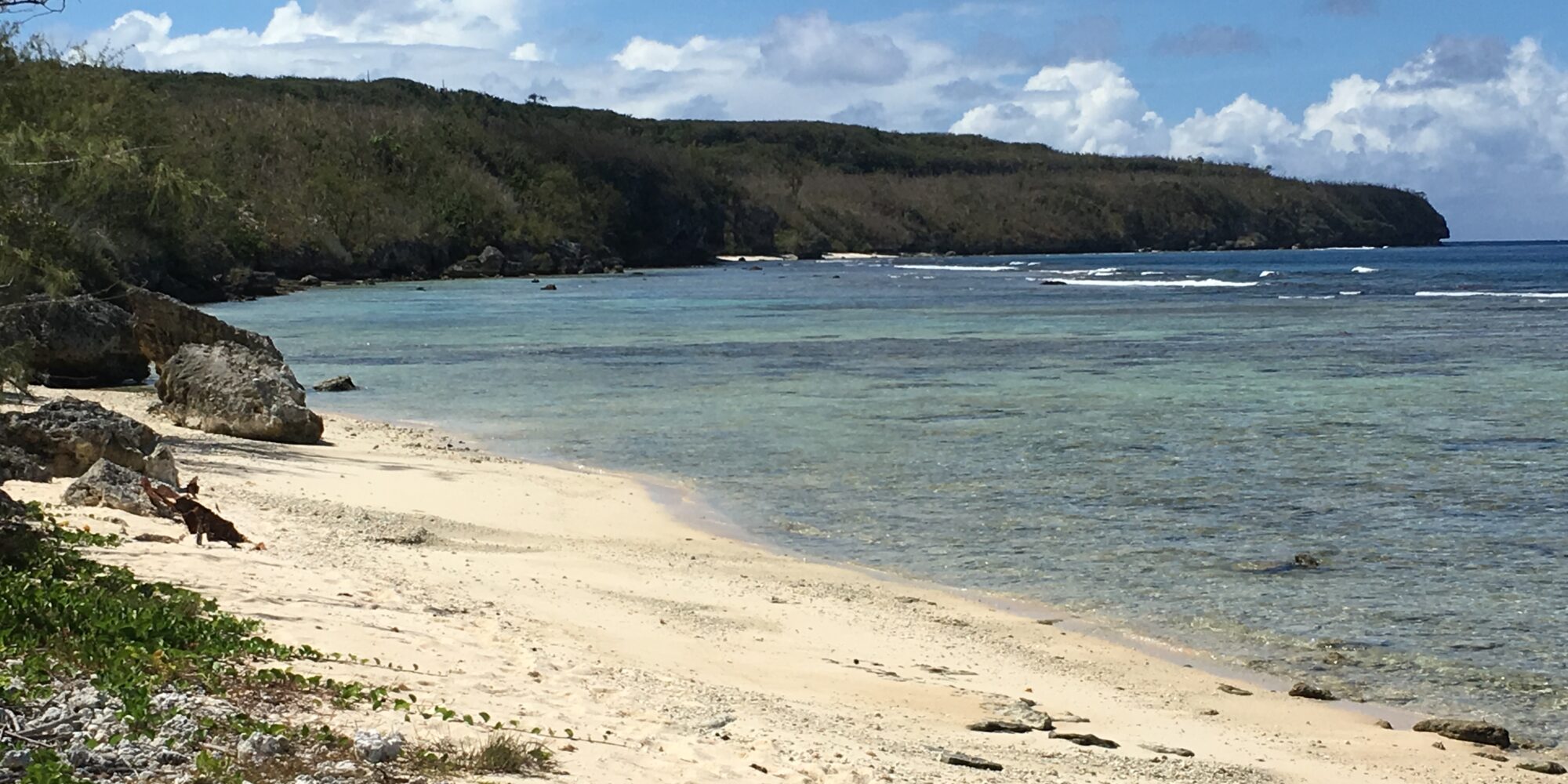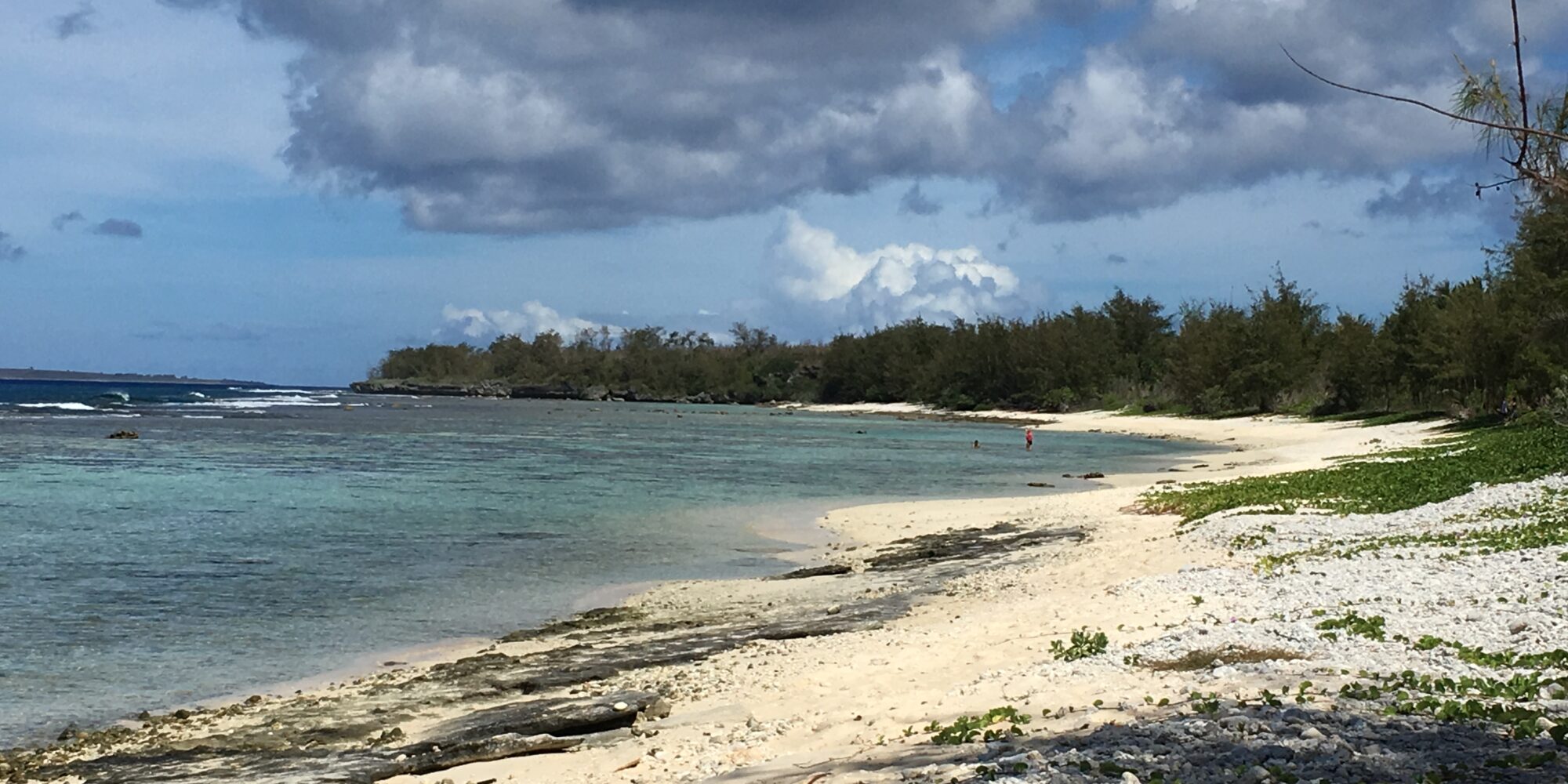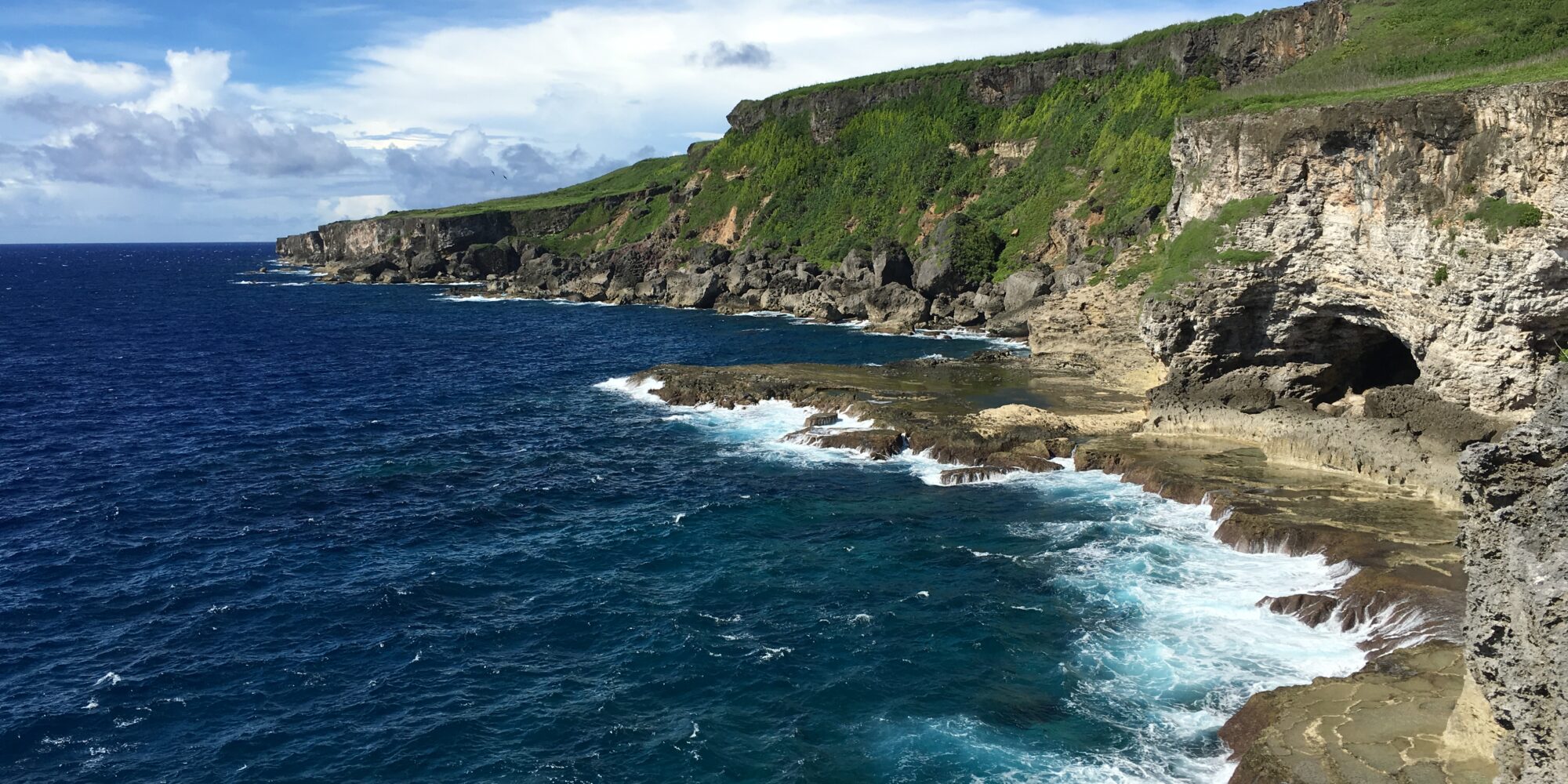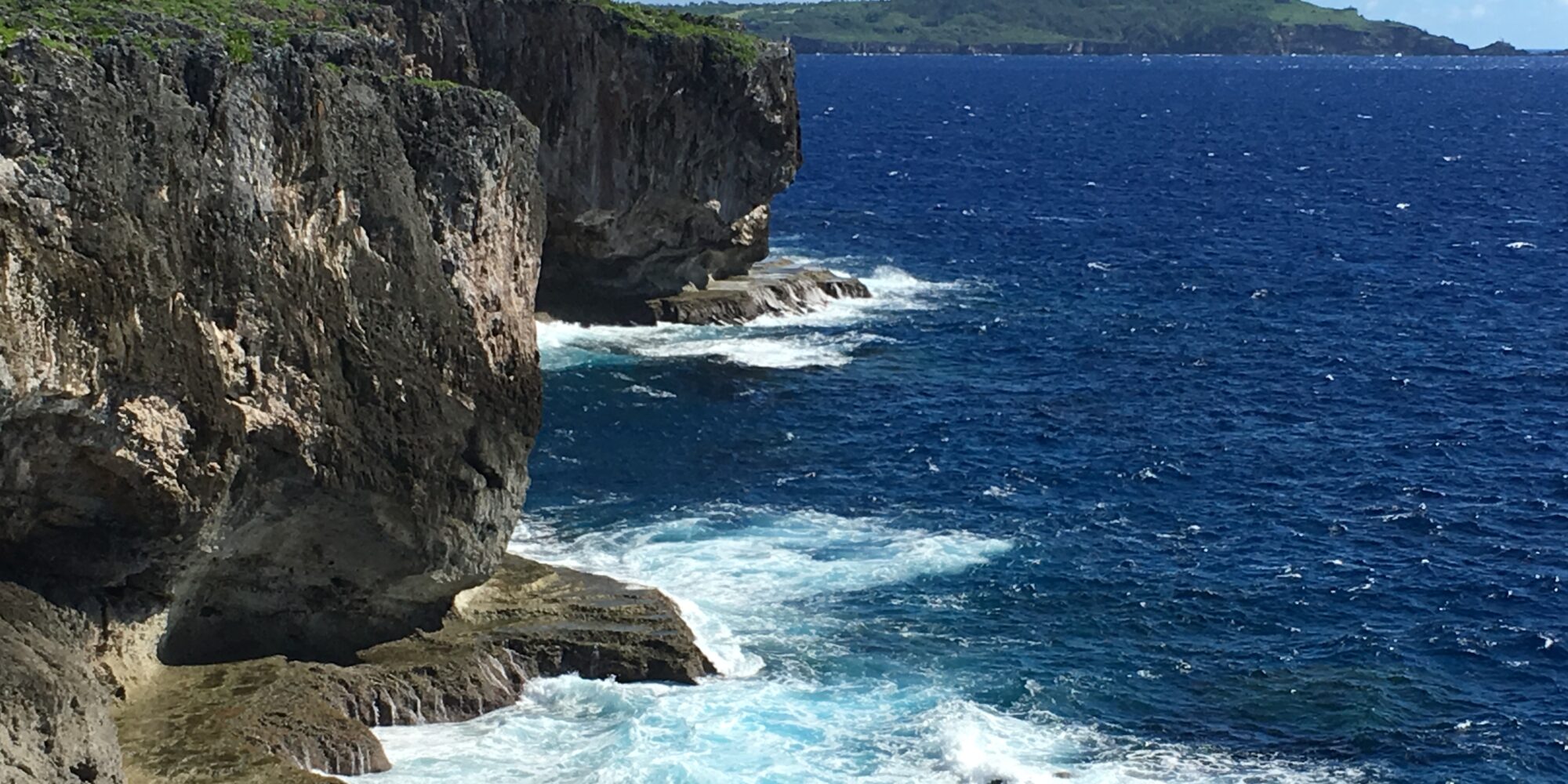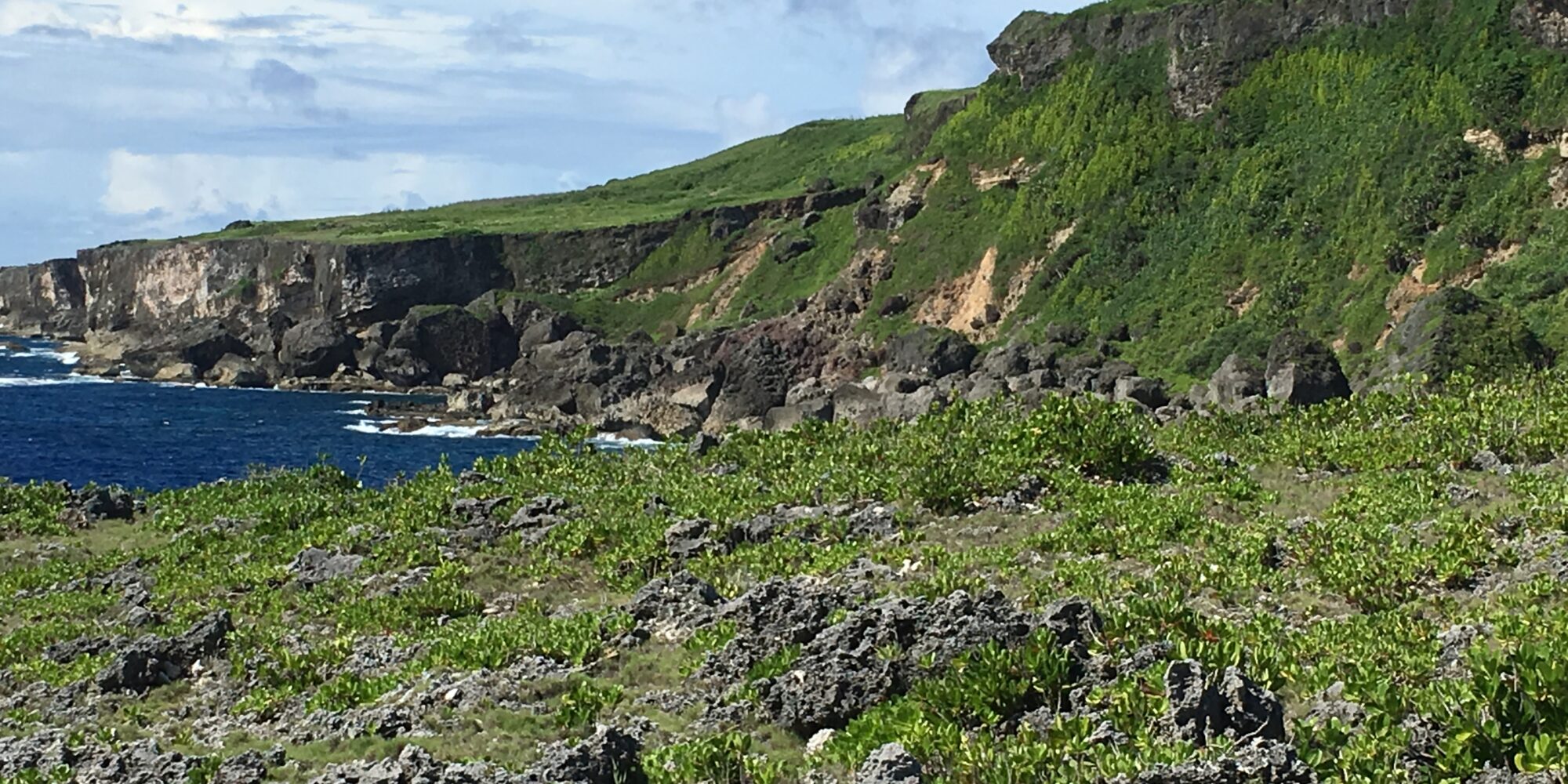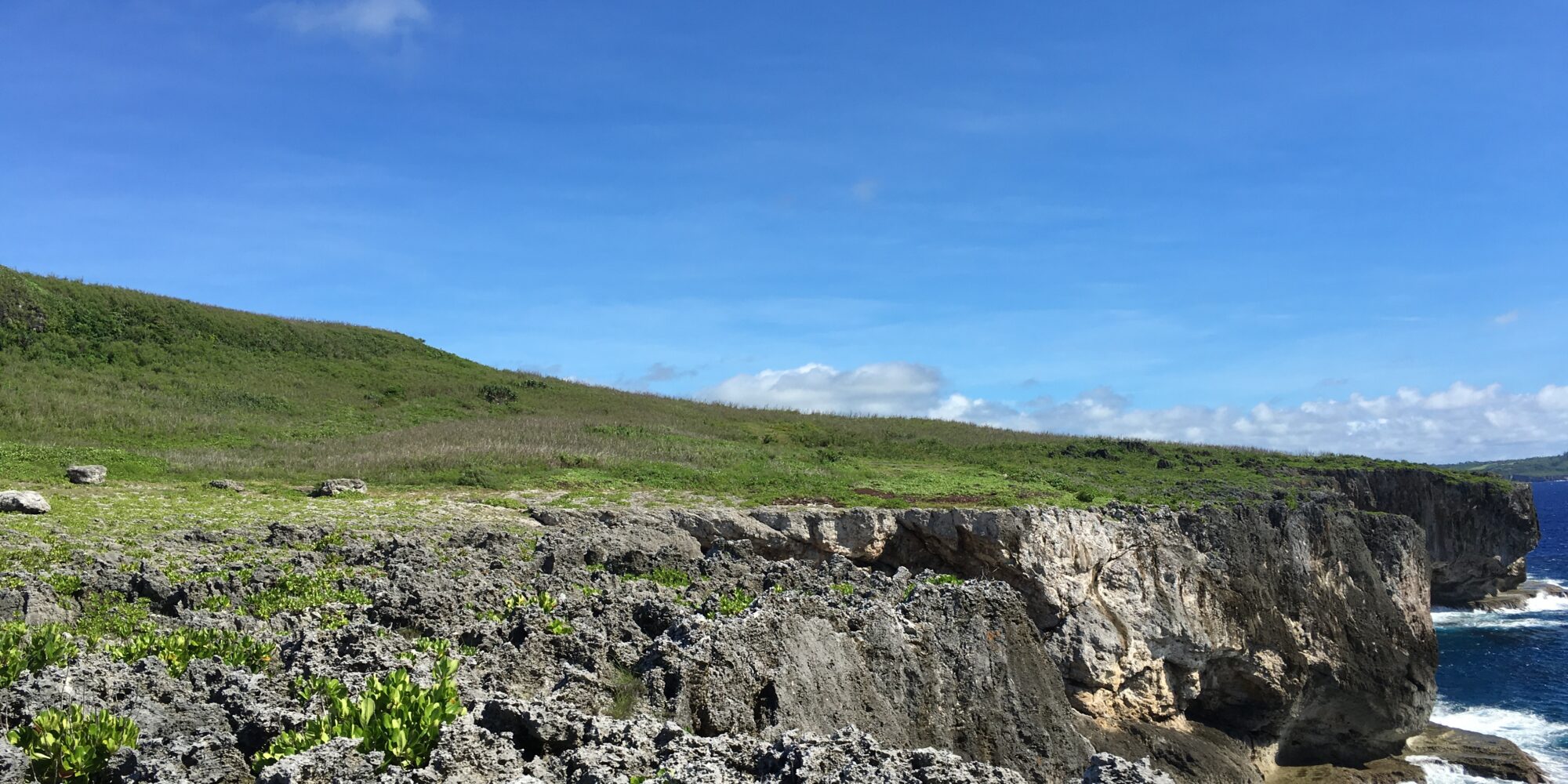Obyan Beach Resort
Saipan, US Commonwealth of Northern Mariana Islands
Assembled over 1,000 acres on 6 miles of ocean front from public and private lands, secured rare entitlements, and raised... Read More
Assembled over 1,000 acres on 6 miles of ocean front from public and private lands, secured rare entitlements, and raised capital for masterplanned resort development of 1,200 rooms, villas and golf courses. Read Less
Size of property
3 million square meters with 10 km of Pacific coastline. 1,200 hotel keys in 3 beachfront hotels. 300 villas on two golf courses.Acquisition Cost
Negotiated options on land leases to minimize cash at risk. Negotiated leases averaging 15% of the average prices paid by Japanese investors.What we accomplished
Assembled beachfront parcels from 40 private landowners and the largest public land lease in the history of the US Commonwealth.... Read More
Assembled beachfront parcels from 40 private landowners and the largest public land lease in the history of the US Commonwealth. Approval required Joint Session of the Legislature and near unanimous vote of 28 members. Persuaded government to allow novel integrated master plan of nature conservation designated areas with the development plan and secured US Federal Endangered Species permit. Federal officials conditioned our permit approvals on our persuading the Commonwealth government to also preserve a new forest habitat at far north end of island. Nature conservation groups cited our “mitigation bank” for endangered species as a model of innovation. We negotiated unprecedented resort management agreements with Hilton, Westin and Marriott that included profit performance guarantees and loan advances. Read Less
Challenges
Our vision for the resort was to recreate a luxury Hawaiian golf resort (like Mauna Kea) that would be only... Read More
Our vision for the resort was to recreate a luxury Hawaiian golf resort (like Mauna Kea) that would be only a three hour flight from Tokyo. Saipan is a major tropical destination for Japanese and Korean tourism. We proposed to assemble the largest resort site in all the Micronesian islands and make it a model for “eco tourism” and sustainable design in the early 1990’s - ahead of trends 30 years later. To achieve this big vision, we had the daunting task to negotiate land leases with many private landowners and the government. At the time, land prices were inflated by Japanese investors, so our challenge was to negotiate land terms that were financially feasible. We achieved that purpose by securing land terms that averaged 15% of the prices being paid by Japanese in the market. Valuation firms reported we created over $40m of surplus land value. Just as we got milestone Legislative approvals for the public lease, our Japanese capital partner collapsed. We held the project together for the next two years as we negotiated new capital from the tenth largest corporation in South Korea. With minimal costs, we secured overall development permits for the largest resort ever planned in the Micronesian islands, and secured hotel management contracts that allowed us to fund over $300 million of first phase construction. However, at that time in 1997 all the Asian economies fell in a great recession and our Korean investor was the first major bankruptcy in Korea. We persevered and negotiated new equity investment from Goldman Sachs. However, as the Asian economies failed to recover and tourism faltered, the venture was placed on hold. Read Less
